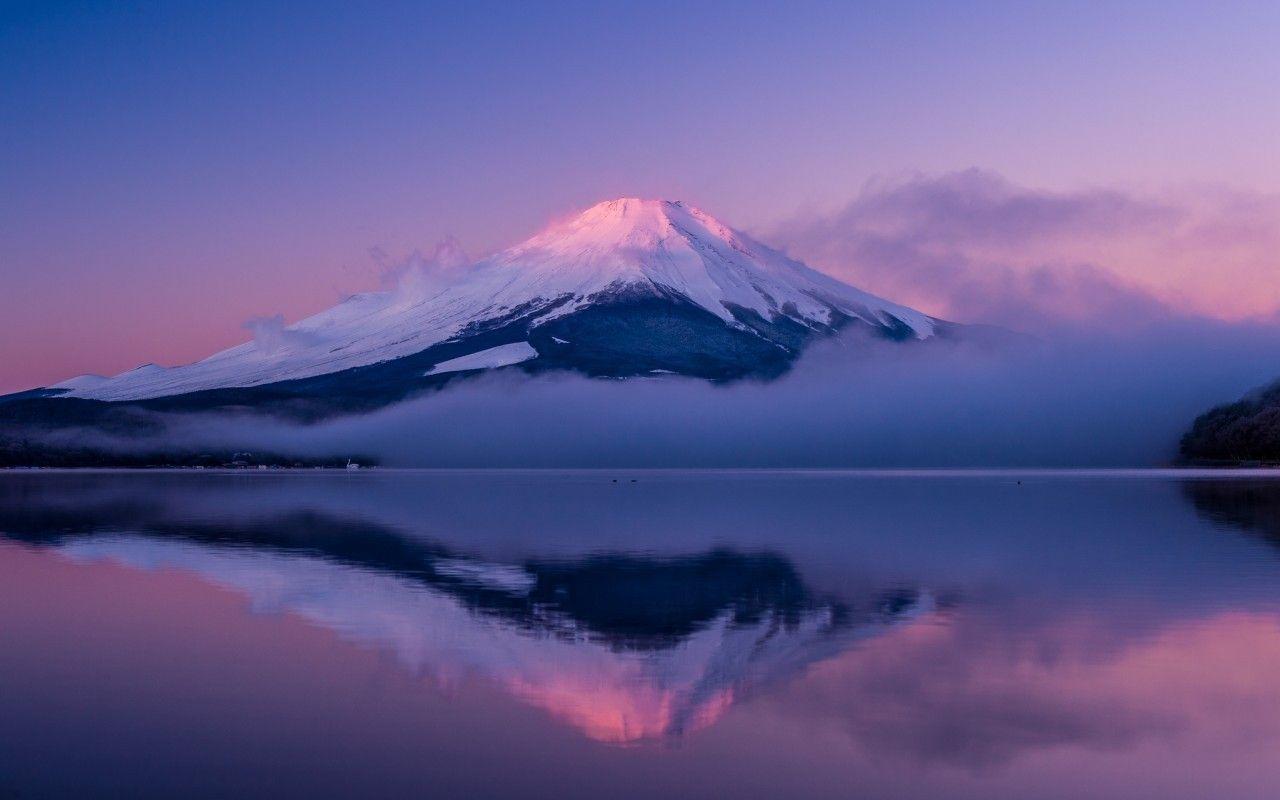
Located along the coast, about 14km south from the center of Fukuyama City in Hiroshima Prefecture, Tomonoura port is a small town that has prospered as a sailing port since ancient times, as it was written in the Man'yoshu (the oldest extant collection of Japanese poetry). You can fully enjoy Ine Town traveling around Ine Bay on a boat, tasting local sake at the local bars that have been in their business for over 200 years, or spending time at a fashionable cafe that has been renovated from an old folk house.Ī historical port town that became the setting for movies and anime The beauty of the landscape born from the wisdom of the locals has become a memorable original landscape of Japan.

The village of Ine has been selected as an important traditional buildings preservation district and is widely known both in Japan and overseas as it has become a location for movies and dramas, and is visited by many tourists every year. Since Funaya is mainly used as a workplace for fishermen, there are not many families who live in these houses in general, and they often have a main house across the street as a base for their lives. The beauty of the "Ine no Funaya" scenery has nurtured a unique lifestyleīuildings called "Funaya" are lined up along the coast of Ine Bay, the first floor is equipped with an area for a workplace and a workshop, and the second floor is lined with traditional buildings unique to this area. In autumn, when golden rice ears shine on the rice terraces, a large-scale illumination event is held from October to March. In summer, the contrast between the fresh green of rice and the Sea of Japan is wonderful, and you can enjoy the spectacular view of rice fields dyed by the setting sun. It is an old-fashioned farming method that was inherited since ancient times. This place attracts attention as a representative terraced rice field of "Noto Satoyama-Satoumi".įarmers start to flood rice terraces with water from the end of April every year, and rice planting begins in early May. In 2011 it was designated as a Globally Important Agricultural Heritage Site. Shiroyone Senmaida was designated as one of Japan's 100 best rice terraces and nationally designated as cultural property scenic spot. The scenery of these small rice fields spreads out to the coast. Shiroyone Senmaida is located in Shiroyone Town, Wajima City, Ishikawa Prefecture in front of the Sea of Japan. The scenery of rice terraces representing the world agricultural heritage "Noto Satoyama-Satoumi" * Since the rice terraces in Tokamachi City are not meant to be visited by tourists, please observe manners and respect the work of the locals. The terraced rice fields, which shine golden at sunrise and are covered with clouds, are very fantastic view that you should see at least once. Don't miss the opportunity to catch such a sight! Usually, this kind of weather continuous from late June till September. All you need for this scenery is a big temperature difference from the previous night and high humidity with no wind.

Many photographers from all over the country come to capture the spectacular scenery of Hoshitoge rice terraces when the water in the rice fields shines like a mirror and the sea of clouds covers the rice terraces. Among them, "Hoshitoge Rice Terraces" are representative fields of Tokamachi City.


Many terraced rice fields and rural landscapes are scattered in Tokamachi City, Niigata Prefecture. The village is also known as a heavy snowfall area, and wintertime is one of the famous seasons to visit this spot, but the summer landscape is also very beautiful, and it has a mysterious charm that makes you feel as if you were lost in the world of old tales.įamous rural scenery, with fields of rice in Niigata Prefecture Shirakawa-go is inhabited and you can still enjoy this historical heritage of Japan. The "Ogimachi Castle Observation Deck" is a great place you can observe all the village. Here you can find valuable buildings such as the nationally designated important cultural property "Wada House" that gives a glimpse of life in the Edo period and the historically famous "Shirakawa Hachiman" shrine that was built during the Wado era. All these buildings bring that old-fashioned countryside atmosphere. "Shirakawa-go" was registered as a UNESCO World Heritage Site in 1995, and there are about 100 large and small gassho-zukuri styled (type of architecture with pitched roofs) buildings in the village. A world heritage village where the original old Japanese scenery is still remains


 0 kommentar(er)
0 kommentar(er)
